
Domaine de Vaugouard Golf Course, Fortenay-sur-Loing
This 18-hole course is set in the grounds of an 18th-century château which is now a leisure complex with outdoor pool and tennis courts as well as a charming hotel.
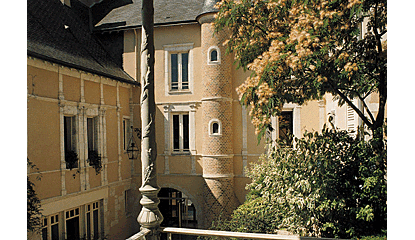
© Grand Hotel du Lion d'Or
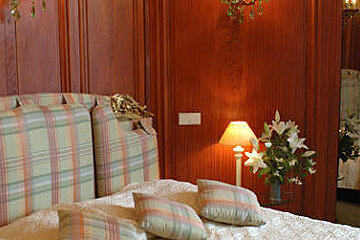
© Grand Hotel du Lion d'Or
Aristocratic Renaissance hotel with excellent restaurant
Located in an old aristocratic mansion dating back to the Renaissance period, this building was turned into a hotel and restaurant in the 18th century. Run by Marie-Christine and Didier Clement, it has well restored rooms around an inner courtyard, some with balconies. Passionate about their literature, Marie-Christine has had some of her works published. The hotel restaurant is excellent.
The recently renovated rooms have been restored with wood panelling from the 17th century and blended with mirrored walls to create a contemporary style.
The restaurant is run by Dider Clement and is highly rated. He uses old varieties of herbs and spices to flavour classic dishes including langoustines, frogs legs and pigeon.

This 18-hole course is set in the grounds of an 18th-century château which is now a leisure complex with outdoor pool and tennis courts as well as a charming hotel.

Located in the heart of the Sologne, this 27-hole club offers three courses; Sarcelles, Faisans and Chevreuils. You can do 9 holes, combine two courses to do a round of 18, or if you're feeling energetic, you can do all 27!
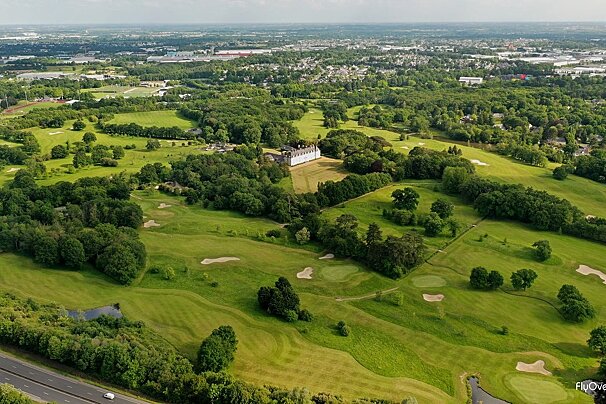
Built in the grounds of the Château de l'Epinay, this 18-hole golf course extends over 67 hectares. The 5,790-metre course has slightly wavy greens and small rivers, ponds and streams. A reasonably easy course with the Martin Hawtree signature.

Take in the magnificent scenery of the Loire by air in a hot air balloon. Offering a number of different tours and launch sites along the Loire river, what better way to take in the châteaux from up above where their size and splendour can really be seen.
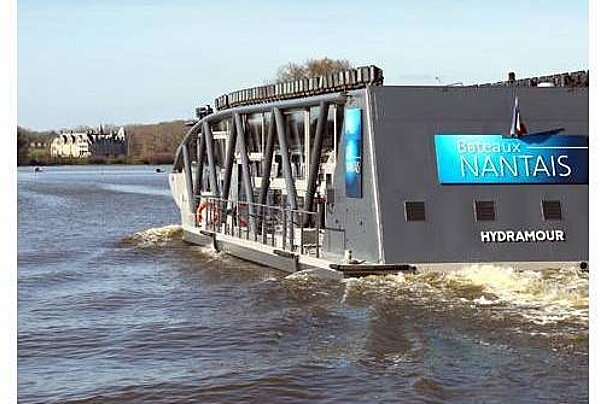
Bateaux Nantais offers cruises along the river Erdre or the river Loire on their modern and sleek boats. Particularly popular are their lunch or dinner cruises and their themed evenings.

NaviLoire offers short guided boat trips on the Loire river from Rochecorbon, taking in cave dwellings, discovering the rich wildlife along the banks, as well as catching a glimpse of the wine-producing Château de Moncontour.

This contemporary dining room is housed in a 19th century town house.
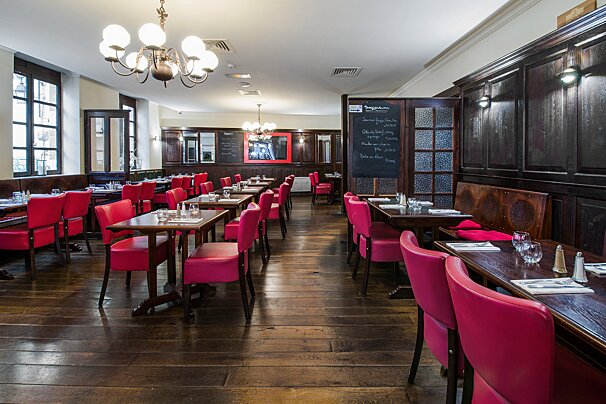
This excellent restaurant in Orléans serves traditional French fare using quality local produce.
This modern restaurant is located at the top of an art gallery and its floor-to-ceiling glass windows and terrace offer great views of the quays. Simple white chic tables and chairs with dark walls and a splash of colour give this place a fun trendy feel. The cuisine is modern European, with lots of excellent fish dishes.
This fondue house and chocolatier has been running since 1913 serving pastries, macaroons and wonderful hand-made chocolates in its tea house. You can attend a chocolate-making demonstration and workshop.
This café-bistro is located in the centre of Saumur, right on the busy Place Saint-Pierre.
This restaurant brands itself as 'almost traditional' and offers contemporary twists on classic French cuisine.
The lovely Château du Moulin was built in the late 15th century for Phillipe du Moulin, a friend of Charles VIII. It is an architectural gem in a mix of Renaissance and Gothic styles and is surrounded by a classical moat. This romantic dark stone château, hidden in the forest, is still inhabited.
It was Jacques Ier d'Etampes who demanded the construction of this Renaissance château in 1520, a masterpiece whose highlight is the beautiful entrance pavilion. Majestic and imposing, it has a finely decorated symbolic tower, carefully worked battlements and pilasters adorned with the three classical orders: Doric, Ionic and Corinthian. The château dungeon is surrounded on each side by the main buildings which include a sumptuous Italian arcaded gallery, corner towers and domed roofs. These all make Valençay, in the tradition of Chambord, a benchmark of Renaissance architecture.
Inhabited without interruption since the late 15th century, the Château de Beauregard is hidden behind the foliage of the forest of Russy. In the early 16th century, it was a small house which formed part of the royal domain of Louis XII and was used by François I as a hunting lodge. Jean du Thier, who worked on the château in the 16th century, is the real designer of much of the château you see today. Beauregard is now owned by the family of Cheyron du Pavilion. It is open to the public, though the family still reside there. The major attraction here is its wonderful gardens, which were declared a historic monument in 1992. A beautifully landscaped park with space dedicated to perennials and shrubs. It also has one of the largest rose gardens in the Loire Valley. Look for remnants of the old chapel amongst the trees and greenery.
This grand royal château is a castle of palatial standards. Building commenced in the 16th century in a classic Renaissance style and took 20 years to complete. It was built for François I as a hunting lodge. The source of its exuberant design is not totally clear, some mention Leonardo da Vinci, though it is more likely to have been designed by Hilbert Delorme. Its extensive surrounding lands are a game reserve. The interior matches the grandeur of the exterior, with lavish ceremonial bedrooms and over 80 staircases. Take a trip up to the roof to admire the views. Château de Chambord is the largest château in the Loire Valley.
The Cave des Roches at Bourré is the only example in the world of the complete production of different varieties of mushroom at 50 metres underground. The farm covers 120 kilometres of galleries on seven levels. The old-fashioned cultivation methods, in a natural atmosphere at 13°C, produce a mushroom unrivalled in terms of flavour, with a guaranteed vitamin content. Total production amounts to over 100 tonnes of mushrooms per year, entirely hand-picked. The Cave des Roches offers a varied selection (pied bleu, shitake, oyster, horse, old-fashioned button mushrooms). It is responsible for 40% of the world's pied bleu mushroom production, principally destined either for the best starred restaurants in France or exported around the world.
Built in the purest Louis XIII classical style and distinguished by an extraordinarily symmetrical architecture, Château de Cheverny dates back to the first part of the 17th century. It is the masterpiece of architect, mason and sculptor, Jaques Bougier and represents the desire for this royal château to be of extreme high quality and design. Inside, it is as you would expect, ornately adorned and beautifully finished. It houses the finest artwork collection of any château in the Loire. The grounds are immaculate with magnificent flowerbeds, ancient Cedar trees and Pines. You can hop on a boat tour along the château's canal. Interestingly, it inspired Tintin author, Hergé, who designed Captain Haddock's Marlinspike Hall based on the château's central structure but with the outer wings removed. The château houses a permanent exhibition on Tintin and his friends.